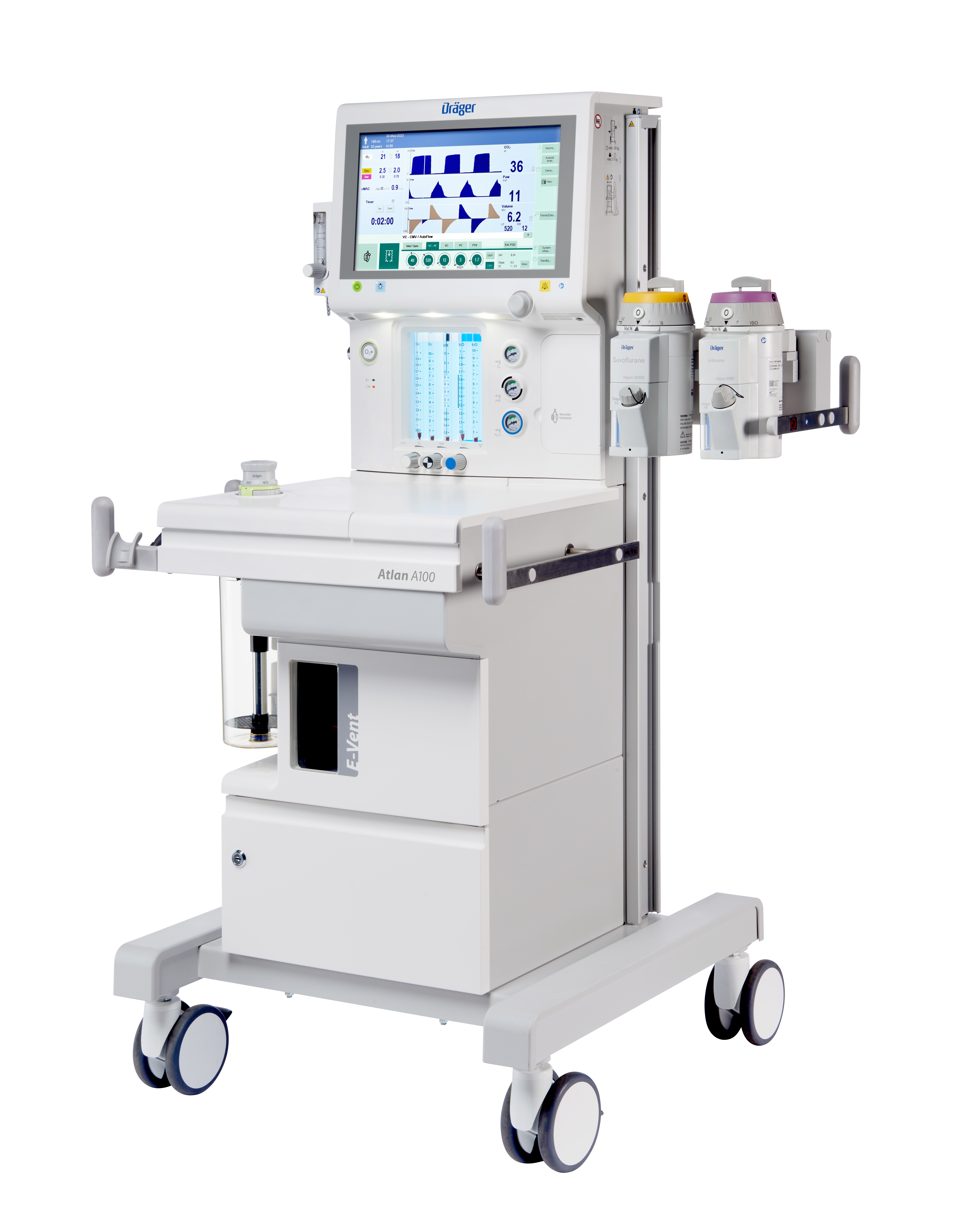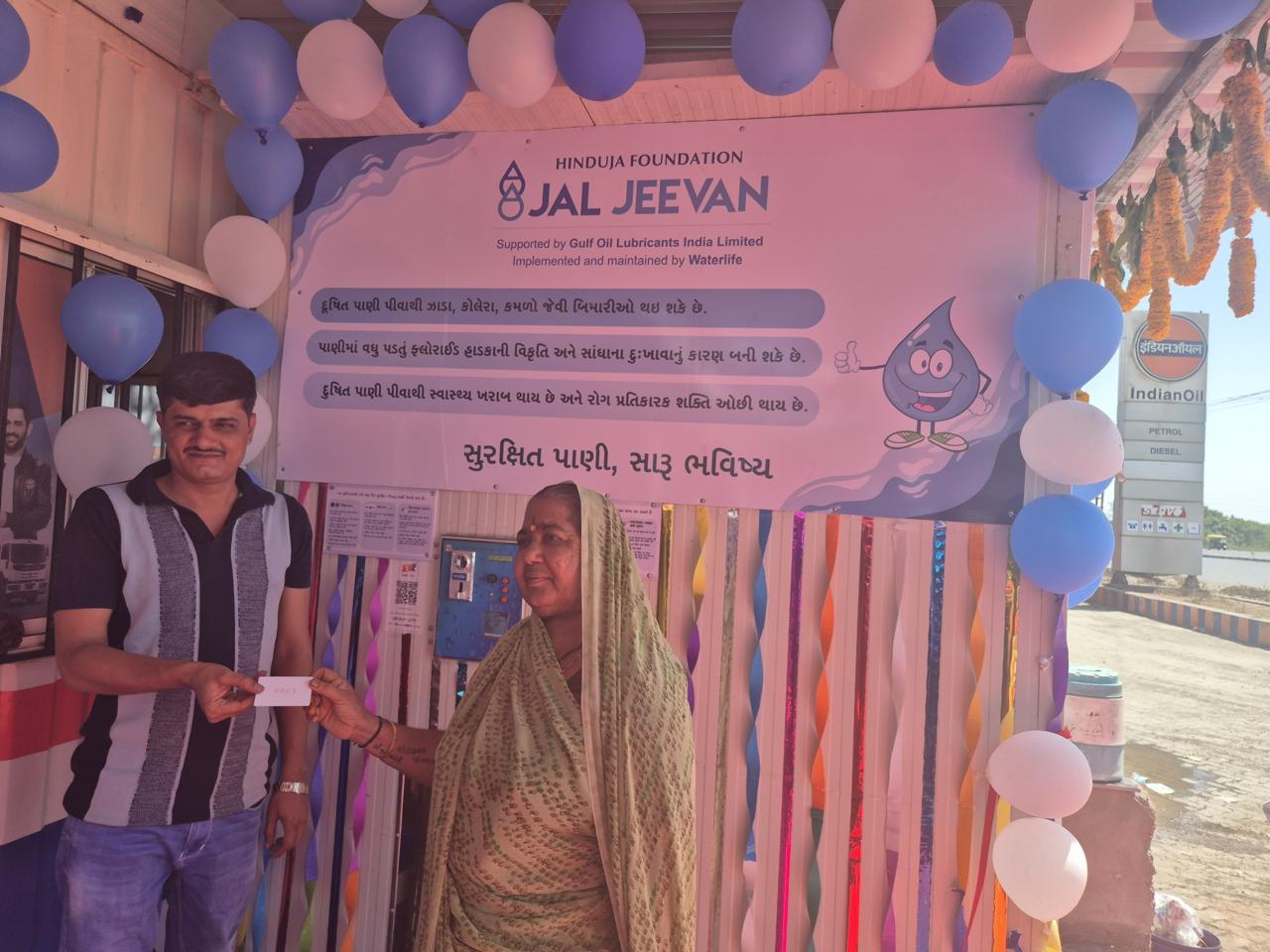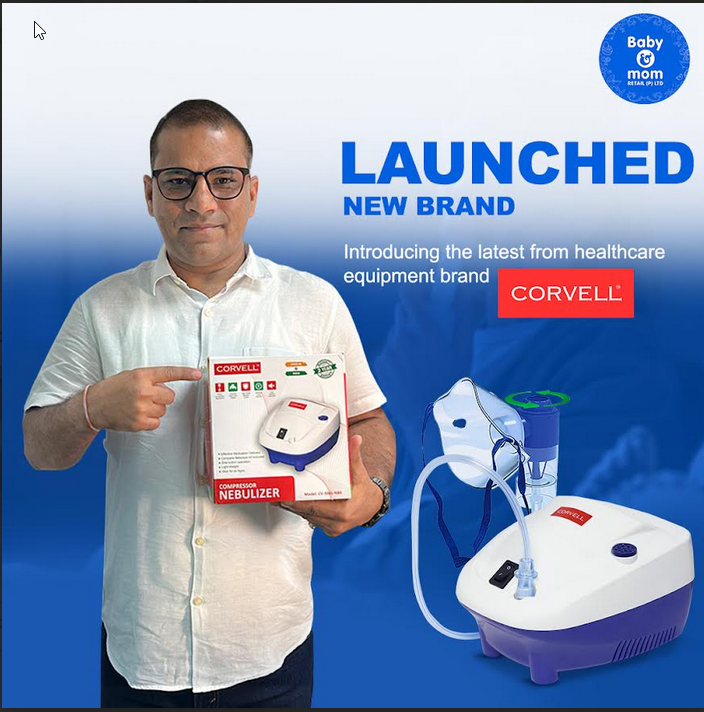October 16th marks a pivotal day in medical history: World Anaesthesia Day. This day commemorates one of the most transformative milestones in healthcare: the first successful use of ether anesthesia during surgery in 1846. This innovation fundamentally changed the way surgeries were performed, allowing patients to undergo life-saving procedures without the excruciating pain that once accompanied them.
The Genesis of Anaesthesia: Before the advent of anesthesia, surgeries were a last resort, performed in haste due to the sheer agony endured by patients. The breakthrough came on October 16, 1846, when American dentist Dr. William T.G. Morton successfully administered diethyl ether to a patient undergoing tumor removal surgery. This marked the beginning of modern anesthesiology, a field that has since evolved to ensure safer, more effective surgical procedures for millions worldwide.
Morton's success ignited a revolution in medical care, allowing doctors to perform complex and intricate operations that would have been impossible without pain control. The widespread acceptance of anesthesia quickly followed, laying the foundation for modern surgical practices.
Why Celebrate World Anaesthesia Day?
Celebrating World Anaesthesia Day serves multiple purposes. It’s not only a tribute to the pioneers of anesthesia but also a reminder of the indispensable role anesthesiologists play in healthcare today. The day encourages the global medical community to reflect on advancements in anesthesia that have increased patient safety and surgical outcomes.
In many ways, anesthesia is the unsung hero of modern medicine. While surgeons often receive praise for their skill, it is the precise work of anesthesiologists that makes surgeries feasible. Anesthesiologists ensure that patients remain comfortable, unconscious, and pain-free throughout procedures, reducing the risk of complications.
World Anaesthesia Day is also an opportunity to highlight current issues in the field. For instance, there is a severe global shortage of anesthesia professionals, especially in low-income countries. Recent data shows that in some parts of the world, there are fewer than five anesthesia providers per 100,000 people, a critical gap that leaves millions without access to safe surgery.
Hospitals, medical schools, and healthcare organizations around the globe celebrate World Anaesthesia Day through various activities. These include seminars, workshops, and webinars designed to educate healthcare professionals and the public about the importance of safe and effective anesthesia practices. Some institutions also organize public outreach events, such as educational sessions, where anesthesiologists explain the role of anesthesia in medical care.
Moreover, professional societies and medical organizations use the day to honor outstanding contributions to the field of anesthesiology. Conferences and symposia provide a platform for experts to discuss the latest research, share best practices, and recognize innovators who have made significant strides in improving anesthesia techniques.
Anesthesia’s Expanding Role: Anesthesia has evolved beyond the simple goal of pain relief. Today, anesthesiologists are critical players in complex surgical procedures, patient safety, and perioperative care. Their work spans a variety of settings, from the operating room to pain management clinics, intensive care units, and labor and delivery wards.
Modern anesthesia involves not only inducing unconsciousness but also ensuring the patient remains stable during surgery. This is no small feat, as anesthesiologists must balance a delicate mix of drugs while continuously monitoring the patient’s vital signs. New advances in anesthesia, such as regional and spinal blocks, have further expanded options, allowing for surgeries that don’t require full unconsciousness but still provide complete pain relief.
In India, World Anaesthesia Day holds special significance as the country faces unique healthcare challenges. With a large and diverse population, the demand for skilled anesthesiologists far exceeds the supply, particularly in rural and underserved areas. Medical colleges and hospitals across the country take part in World Anaesthesia Day by organizing workshops, conferences, and educational sessions to raise awareness about the importance of this medical specialty.
Moreover, India has a rich history in anesthesiology, with some of the most well-known medical institutes contributing to advancements in the field. Efforts to improve training and education for anesthesiologists are ongoing, particularly in light of the fact that India is one of the countries with the most critical shortages of anesthesia providers.
World Anaesthesia Day has grown far beyond its historical roots. Here are a few interesting facts that highlights its importance in today's global healthcare landscape:
The Ether Dome in Boston: The original site where anesthesia was first demonstrated—Massachusetts General Hospital’s Ether Dome—still hosts educational events and remains a landmark of medical history.
Anaesthesia in Numbers: An estimated 230 million major surgeries are performed each year worldwide, nearly all of which would be impossible without anesthesia
Women in Anaesthesia: While anesthesiology has traditionally been male-dominated, women are making significant strides in the field. Globally, there are increasing numbers of female anesthesiologists, with countries like India contributing to this shift.
Anesthesia and Space: NASA has explored the use of anesthesia techniques for potential surgeries in space, as astronauts may one day need surgical care during long missions.
Despite the advancements, challenges persist. Global anesthesia shortages continue to be a problem, particularly in low- and middle-income countries. Many regions, including parts of Africa and South Asia, lack adequate training programs and resources. Additionally, with the rise of complex surgeries, the demand for more sophisticated anesthesia techniques grows, pushing the boundaries of what anesthesiologists must master.
In India, addressing the shortage of anesthesia professionals remains a priority. Medical institutions and organizations have ramped up efforts to bridge this gap by introducing specialized training programs and campaigns to attract more students into the field. Additionally, technology and innovation are playing critical roles. The use of anesthesia simulators for training and the integration of artificial intelligence (AI) in monitoring patients during surgery are some of the advancements that are shaping the future of anesthesiology.
World Anaesthesia Day is a reminder that the fight for accessible, safe, and effective anesthesia is far from over. While the medical community continues to make strides, the need for more trained professionals, especially in underserved regions, remains urgent. Moreover, innovations in the field, such as AI-assisted anesthesia, pain management technologies, and telemedicine, promise to further improve patient outcomes and revolutionize surgical care worldwide. As we commemorate World Anaesthesia Day this year, let’s remember its profound impact on medical history and its ongoing role in saving lives.

 World Anaesthesia Day is a reminder that the fight for accessible, safe, and effective anesthesia is far from over.
World Anaesthesia Day is a reminder that the fight for accessible, safe, and effective anesthesia is far from over.










.jpeg)

.jpeg)
.jpeg)

.jpeg)


.jpeg)



.jpeg)
.jpeg)
.jpeg)


.jpg)


.jpeg)
.jpeg)